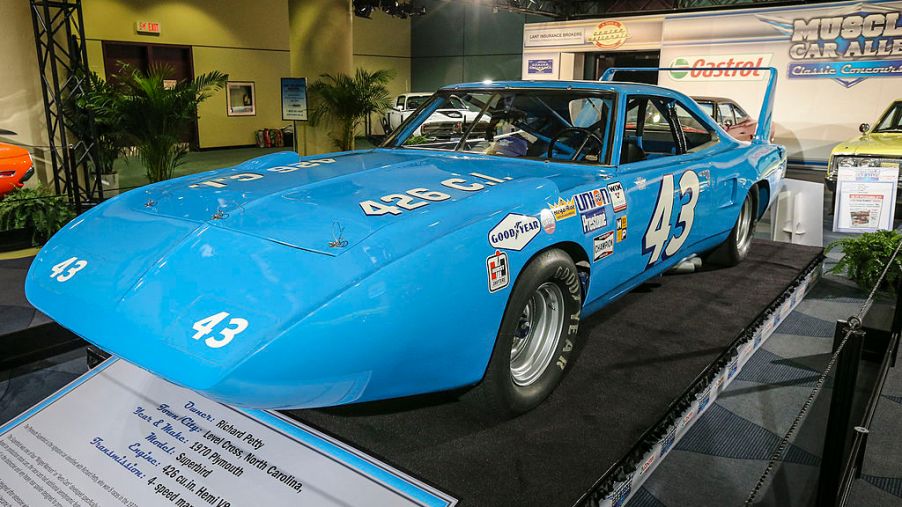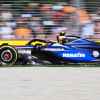
The Plymouth Superbird Was Created Just for Richard Petty
The first official NASCAR race took place in 1948, and the organization has evolved quite a bit over the years while creating a history rich with legendary drivers and remarkable vehicles. Few driver-car combinations have resonated more, though, than the legendary Richard Petty and the 1970 Plymouth Superbird that was created not only as a response to the overpowered Dodge Charger Daytona but also just for the King himself.
The history of the 1970 Plymouth Superbird
During the end of the 1960s and the beginning of the ’70s, as Richard Brickhouse was driving the Dodge Charger Daytona to victory at the ’69 Talladega 500 and Buddy Baker was breaking the 200 mph threshold in March 1970, Richard Petty’s skill behind the wheel and larger-than-life reputation were making him quite the hot commodity in the NASCAR world.
Petty had expressed his desire to use a winged car for his races, but his Plymouth team decided that wasn’t a good idea. As a result, the man who would go on to win 10 times at Daytona International Speedway and emerge victoriously from a record 200 NASCAR Cup Series races decided to switch teams and join the Ford crew for the ’69 season.
Plymouth realized its hesitation would result in losing Petty altogether, so it immediately began designing a car to win him back. That car was the 1970 Plymouth Superbird, and the plan worked. Petty was back for 1970.
Petty contained driving for the organization and won eight races behind the wheel of the Superbird — a particularly impressive number because rule changes implemented by NASCAR and designed to curb the dominance of aero cars limited its service time to just the ’70 season.
Features and highlights of the 1970 Plymouth Superbird
NASCAR drivers and fans were beyond impressed when the Plymouth Superbird was released.
Per Horsepower Memories, “Car and Driver tested the winged warrior and came up with some pretty impressive stats. From 0-60, the 426 Hemi Superbird clocked in at 4.8 seconds and sprinted the quarter mile at 13.5 seconds running 105 mph. Compared to the base 440 engine, the Hemi could distance the quarter .76 seconds quicker.”
The vehicle’s ability to travel at 200 mph was monumental for the day and age. The stick shift and pistol grip gave the car a unique feel. And the vehicle’s ability to produce 425 horsepower was just one more of its many noteworthy features.
The Plymouth Superbird created quite a splash when it hit the NASCAR tracks. Audiences and drivers were immediately intrigued by the vehicle, especially because of its deep and direct connection to one of the sport’s most legendary figures.


